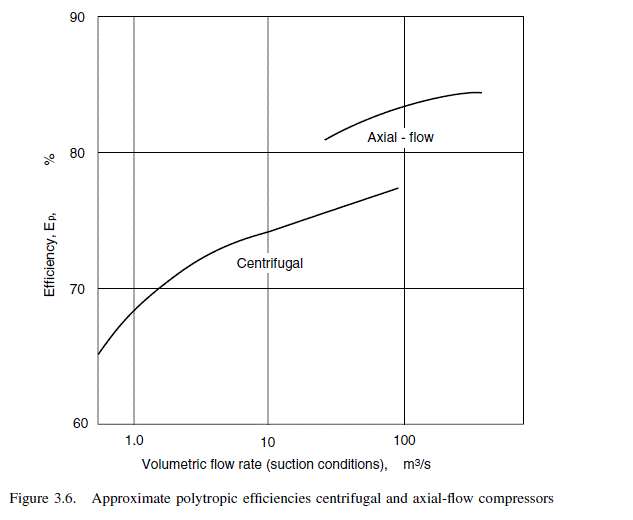Consider the extraction of energy from the tail gases from a nitric acid adsorption tower, such as that described in Chapter 4, Example 4.4.
Gas composition, kmol/h:
\begin{array}{lc} O _{2} & 371.5 \\N _{2} & 10,014.7 \\NO & 21.9 \\NO _{2} & \text { Trace } \\H _{2} O & \text { saturated at } 250^{\circ} C\end{array}If the gases leave the tower at 6 atm, 25^{\circ} C, and are expanded to, say, 1.5 atm, calculate the turbine exit gas temperatures without preheat, and if the gases are preheated to 400^{\circ} C with the reactor off-gas. Also, estimate the power recovered from the preheated gases.
